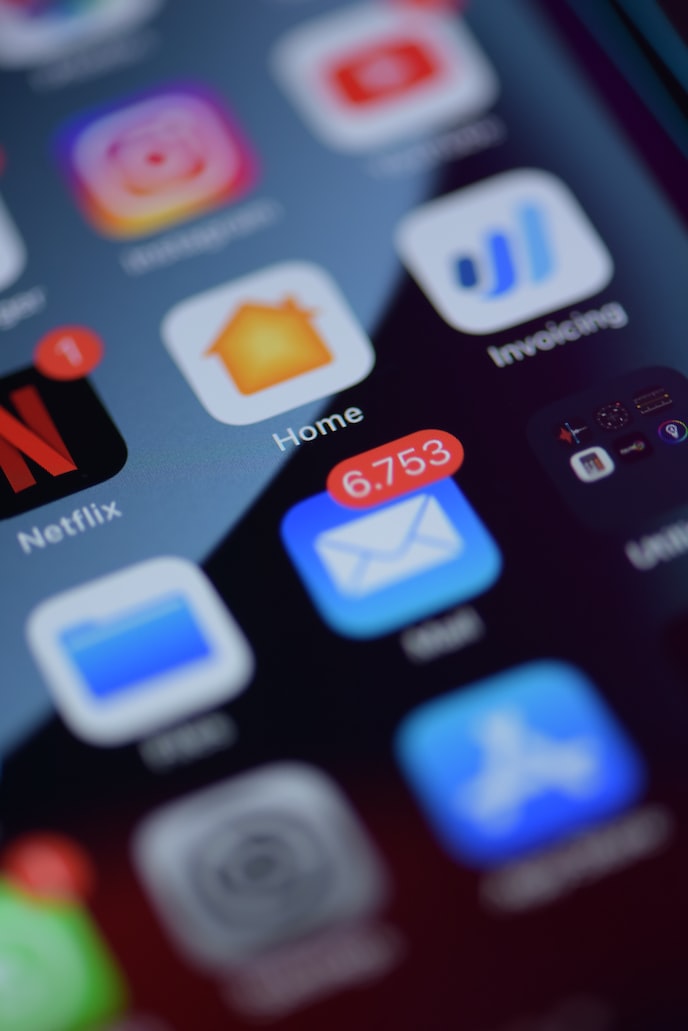To start with, confirmation emails are an important part of the customer journey. They are sent to customers after they have made a purchase or taken some other action on your website. While confirmation emails are primarily meant to confirm the action taken by the customer, they are also used to boost sales and increase brand awareness.
In this article, we will discuss how to write confirmation emails that can help you achieve these goals.
What Is a Confirmation Email?
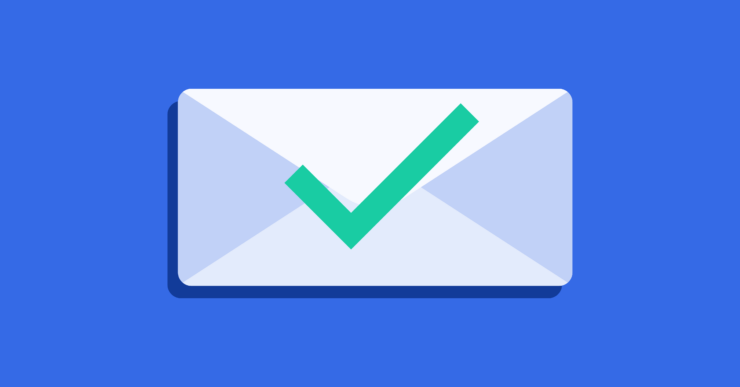
A confirmation email is an automated message sent to a customer after they have taken a specific action on a website or online store. This action can include making a purchase, signing up for a newsletter, or creating an account. The primary purpose of a confirmation email is to confirm the action taken by the customer and provide them with relevant information about their purchase or action. Confirmation emails can also be used to establish a connection with the customer, promote brand awareness, and drive additional sales. Overall, confirmation emails play a significant role in building customer loyalty and trust. If you want to get confirmation email template examples, read this article at Selzy and Indeen.
What to Include in Your Confirmation Email?
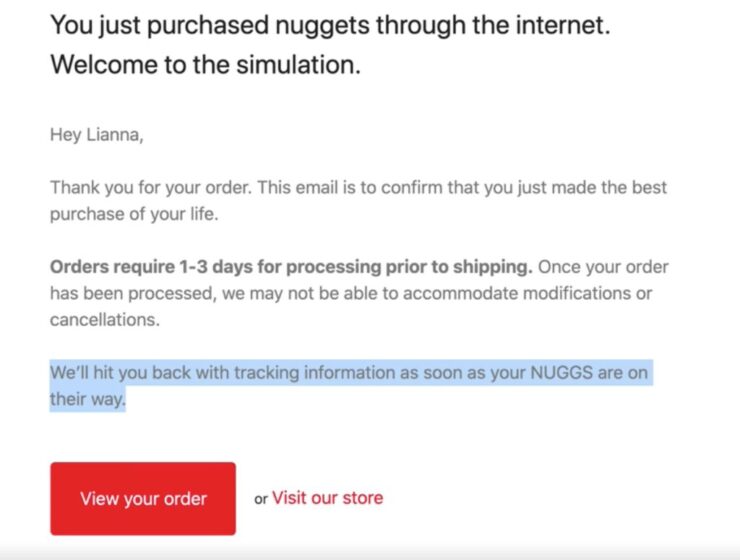
To ensure an effective confirmation email, it is essential to include key information that confirms the customer’s action and provides them with relevant details about their purchase or action taken. This includes:
- verifying that the order has been successfully processed
- providing a summary of the order with images
- detailing delivery data and contacts
- outlining the next steps for the customer, such as tracking their order or providing instructions on how to use the product
It is important to consider the nature of your product or service and tailor the email accordingly. However, do not overlook the importance of branding and privacy compliance, as it can strengthen customer loyalty and trust.
By including these elements in your confirmation email, you can establish a positive and engaging interaction with the customer and encourage future purchases.
Types of Confirmation Emails
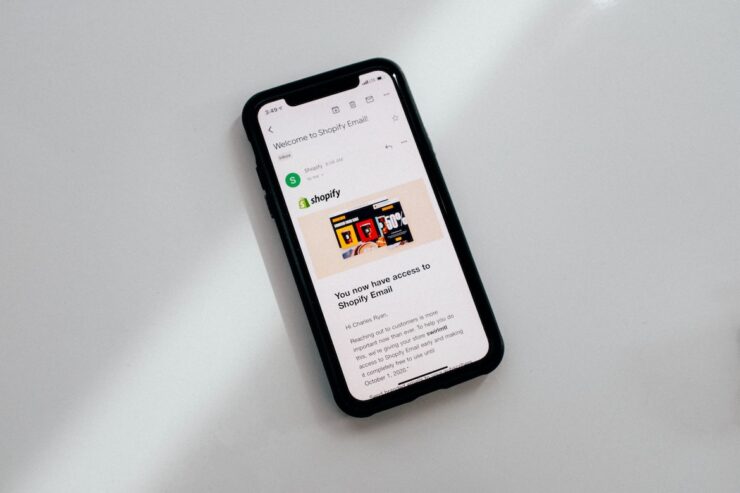
Confirmation emails can take on various forms depending on the nature of the action taken by the customer. Some common types of confirmation emails include order confirmations, subscription confirmations, appointment confirmations, and registration confirmations. Order confirmations typically include a summary of the order, delivery details, and payment information. Subscription confirmations may include information about the subscription plan, billing details, and instructions on how to manage the subscription.
Appointment confirmations usually include the date, time, and location of the appointment, as well as any necessary preparation instructions. Registration confirmations may include login credentials, account information, and instructions on how to access the service or platform. By tailoring the confirmation email to the specific action taken, you can provide customers with relevant information and enhance their experience.
Main Tips on How to Write an Effective Confirmation Email
While there is no one-size-fits-all approach to creating a perfect confirmation email, there are steps you can take to increase the likelihood of success. By following these steps, you can improve the effectiveness of your confirmation email and enhance the customer experience.
Personalize the Email
The first step in writing a confirmation email that can help you boost sales and increase brand awareness is to personalize it. This means addressing the customer by name and including details about their purchase or action taken.
Personalization can help you establish a connection with the customer and make them feel valued. This can lead to increased customer loyalty and repeat business.
Include a Clear Call-to-Action
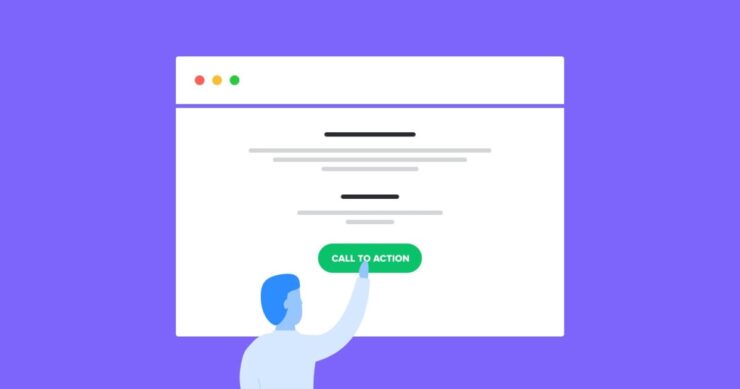
While confirmation emails are primarily meant to confirm the action taken by the customer, they can also be used to encourage additional actions. This is where a clear call-to-action (CTA) comes in.
Your CTA should be specific and relevant to the customer’s purchase or action taken. For example, if the customer has just made a purchase, your CTA could invite them to join your loyalty program or refer a friend for a discount.
Including a clear CTA in your confirmation email can help you drive additional sales and promote brand awareness.
Provide Relevant Information
Confirmation emails are a great opportunity to provide customers with relevant information about their purchase or action taken. This can include details about shipping and delivery, product information, or instructions on how to use the product.
Providing relevant information can help you establish credibility with the customer and increase their trust in your brand. This can lead to increased customer loyalty and repeat business.
Use Branding Elements
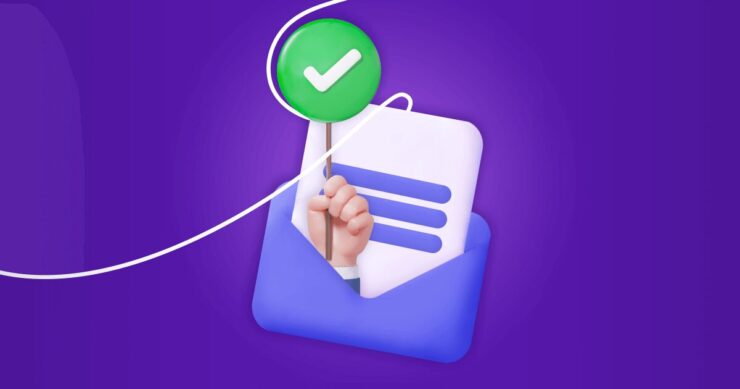
Confirmation emails are a part of your overall brand experience. Using branding elements such as your logo, brand colors, and brand voice can help you reinforce your brand identity and increase brand awareness.
Including branding elements in your confirmation email can also help you establish a connection with the customer and make them feel more connected to your brand.
Offer a Discount or Promotion
Another way to use confirmation emails to boost sales and increase brand awareness is to offer a discount or promotion. This can be a great way to encourage additional purchases and increase customer loyalty.
Your discount or promotion should be relevant to the customer’s purchase or action taken. For example, if the customer has just purchased a product, your discount could be for a related product or service.
Offering a discount or promotion in your confirmation email can help you drive additional sales and increase brand awareness.
Conclusion
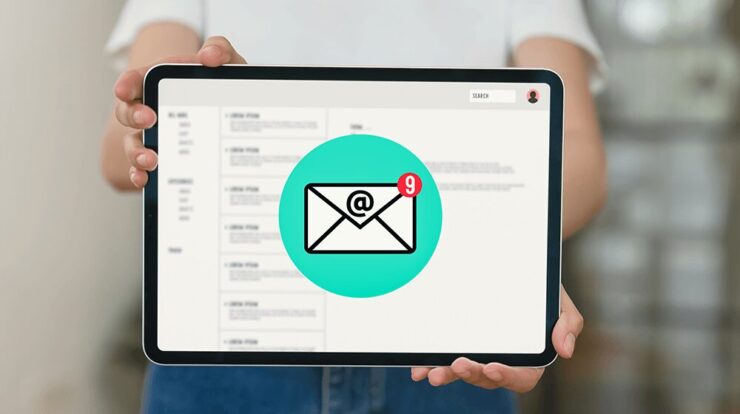
Confirmation emails are an important part of the customer journey. While they are primarily meant to confirm the action taken by the customer, they can also be used to boost sales and increase brand awareness.
To write confirmation emails that can help you achieve these goals, you should personalize the email, include a clear call-to-action, provide relevant information, use branding elements, and offer a discount or promotion.
By following these tips, you can create confirmation emails that not only confirm the customer’s action but also help you achieve your business goals.
Related Posts:
- 20 Best Gaming Headset Under 50$ 2024 - for PC, PS4,…
- Streamline Verification: The Power of Email Validation API
- Top 16 Best Office Chair Covers 2024 - Chair…
- 15 Best Dog Food For Allergies 2024 - Adult, Puppy…
- Top International Customer Acquisition Strategies
- 15 Best Shoes for Jumping Rope 2024 - Maintain a…

